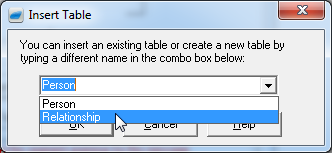



You can also source the script that you write or the script you download from other sources.Ĭheck out the official script library: and try to source some of the script as exercise.Martini tutorials: visualizing Martini systems using VMD In this interface, you can use some basic bash command like “cd”, “ls”, “pwd” to change your work folder. Or use the terminal window which you opened VMD
#VMD TUTORIAL INSTALL#
Install Tachyon to enable png format rendering: If you don’t, please check the links below to get yourself familiar with the basic knowledge of VMD. In this tutorial series, I assume that you already know all of this. You need to know what VMD can do generally and have some experience with using its GUI interface.

#VMD TUTORIAL HOW TO#
You need to know how to program and also a bit about TCL scripting language (or at least how to stackoverflow tcl language). The learning curve for the scripting is quite deep.
#VMD TUTORIAL SOFTWARE#
This software is the best friend for lazy grad students like me. VMD allows me to visualize 100 configurations with the same rendering setting: same color and size for certain species, same bond linking. Most of the time I work with a huge batch of simulation with the same materials, usually the same supercell. The best feature is definitely scripting interface. VMD is a fancy machine that every tiny part can be tuned. After you know it well, you can easily fake it as any other visualization software :P The default setting of VMD, compared to other softwares like VESTA, Atomeye, Avogadro, is quite 1990s. VMD is a visualization software developed in UIUC. I want to show how to write script in VMD to stream line your visulization.


 0 kommentar(er)
0 kommentar(er)
